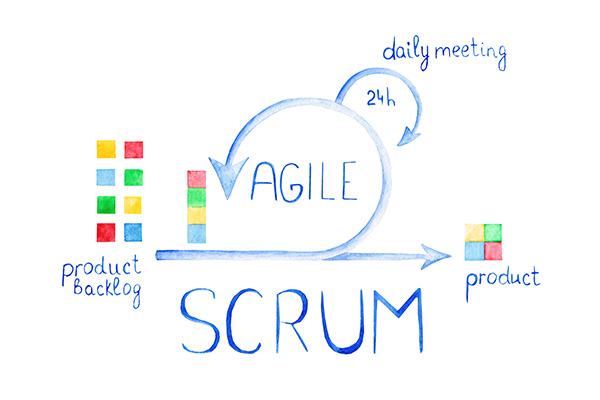The Scrum framework is a great place to start, but it should in no way be an end destination. Scrum is an enabler for real agility to emerge through the continual inspection and adaptation opportunities the framework gives us. Without the Agile mindset, Scrum just adds unnecessary overhead.
One of the key aspects helping an organization to become Agile is the use of empiricism. As the scrum guide says, empiricism is based on three pillars: transparency, inspection and adaptation.
In an agile environment, small teams that communicate and work together efficiently are important. Consequently, transparency is key to success. Be open about failures, discuss impediments and work on a solution together. This will create unity in the team. To me, a real team is not just people working on the same problem, but people sharing a common goal and collaborating closely. The common goal is the target and the resolution of the problems is the pathway to reach it.

Inspection is a critical aspect of empirical process since it provides valuable feedback in order to identify potential adaptations required. This is vital especially when a team deals with complex problems. Inspection process involves everyone, and it shall not be limited on the team’s outcome level, but it shall cover all other aspects like processes, people and practices. And through that feedback loops the people as individuals but also as teams can learn and grow continuously.
Adaptation has many synonyms, of which ‘change’ is the most common. The general meaning of adaption is continuous improvement within the process. Adaptability is key quality since it leads to constant growth and improvement by sustaining best practices, changing what is not working well or could be further improved and being able to deal effectively with today’s extremely dynamic environment, fitting in almost any situation and producing value.
To sum up Agile is all about the journey, not the destination.
Author: Katerina Malatara.

